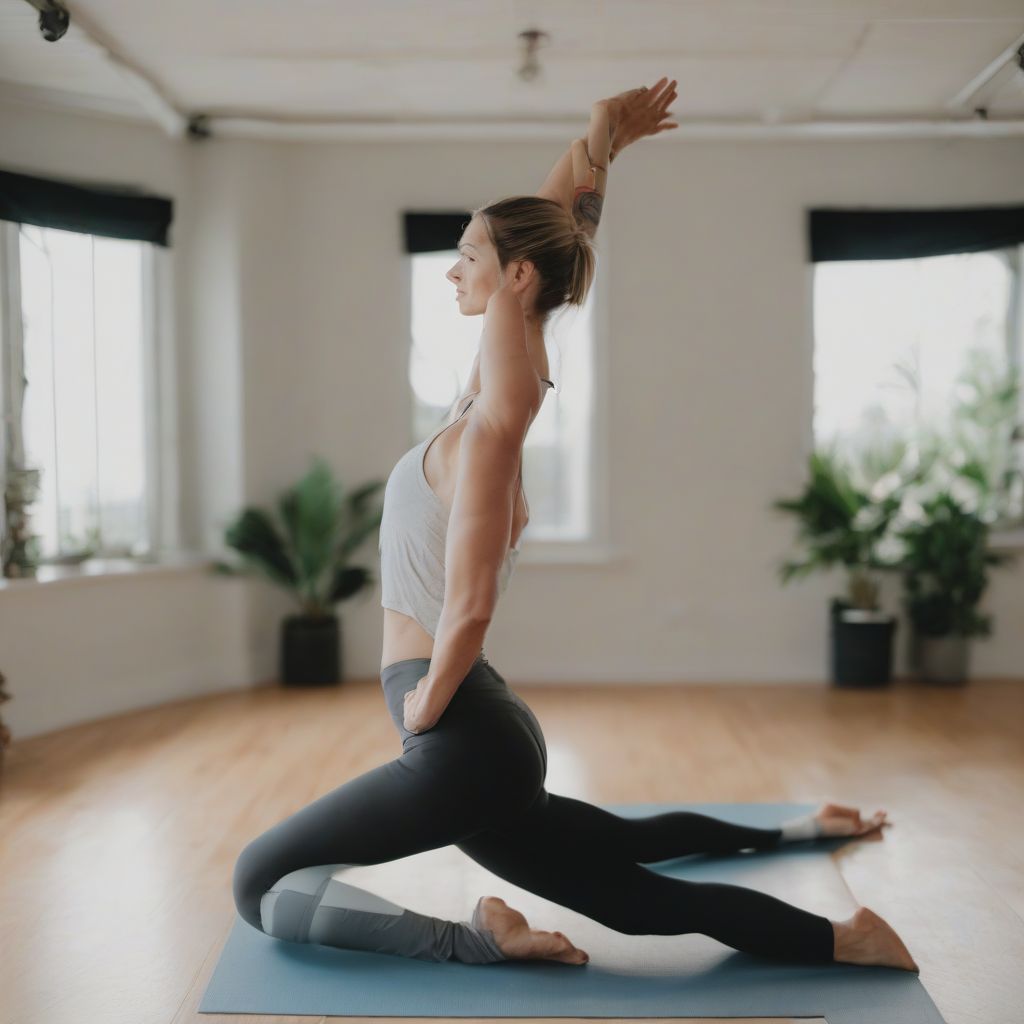Imagine this: you’re in downward-facing dog, feeling the stretch across your shoulders, hamstrings, and calves. But instead of a sense of release, you feel a twinge in your lower back. This, my friend, could be a sign of improper alignment.
As a nutritionist and meal prep coach, I know the importance of nourishing your body from the inside out. But true wellness also includes mindful movement, and that’s where yoga comes in. But here’s the catch: simply contorting your body into different shapes isn’t enough. The key to unlocking yoga’s incredible benefits lies in understanding and prioritizing proper alignment.
Why Alignment Matters: It’s More Than Just Aesthetics
While a beautifully aligned pose might look impressive on Instagram, the benefits of proper alignment go far beyond aesthetics. Here’s why it’s crucial:
1. Injury Prevention: Misalignment puts stress on your joints, muscles, and ligaments, increasing your risk of strains, sprains, and even more serious injuries over time. Correct alignment distributes weight evenly, reducing strain on vulnerable areas.
2. Enhanced Effectiveness: Proper alignment allows your body to engage the intended muscle groups fully, maximizing the benefits of each pose. You’ll gain strength, flexibility, and balance more efficiently.
3. Deeper Connection: When your body is aligned, your breath can flow more freely, allowing for a deeper mind-body connection. This enhanced awareness helps you tune into your body’s signals, understand its limits, and cultivate a sense of presence.
4. Long-Term Benefits: Consistent attention to alignment promotes healthy movement patterns that translate into your everyday life, improving posture, reducing aches, and boosting overall well-being.
Key Principles of Alignment in Yoga
Understanding the following principles can help you find proper alignment in your yoga practice:
1. Foundation: Every pose has a foundation – the point of contact where your body meets the ground. Establishing a stable foundation is crucial for building a safe and aligned pose. For example, in mountain pose (Tadasana), your feet form the foundation, while in downward-facing dog (Adho Mukha Svanasana), it’s your hands and feet.
2. Axial Elongation: Imagine your spine as a central axis extending from the crown of your head to your tailbone. In most poses, you want to lengthen this axis, creating space between the vertebrae and avoiding compression.
3. Joint Integration: Pay attention to how your joints stack on top of each other. For example, in Warrior II (Virabhadrasana II), aim to align your front knee over your front ankle, and your shoulders over your hips.
4. Muscular Engagement: Proper alignment isn’t about passively holding a shape; it requires active engagement of specific muscle groups. This engagement helps stabilize the pose, protect your joints, and deepen the stretch.
Common Misalignments and How to Correct Them
1. Downward-Facing Dog (Adho Mukha Svanasana):
Common Misalignment: Rounded spine, hands shoulder-width apart.
Correction: Press through your hands, lengthening your spine. Walk your hands slightly forward, creating a straight line from wrists to hips.
2. Warrior II (Virabhadrasana II):
Common Misalignment: Front knee collapsing inward, torso leaning forward.
Correction: Rotate your front thigh outward, aligning your knee over your ankle. Lengthen your torso, drawing your belly button towards your spine.
3. Triangle Pose (Trikonasana):
Common Misalignment: Torso collapsing over front leg, back rounded.
Correction: Lengthen your spine before bending, reaching your front arm forward and your back arm upward. Engage your core to support your back.
Tips for Improving Your Alignment
1. Seek Guidance from a Qualified Instructor: A knowledgeable teacher can provide personalized adjustments and cues to help you find proper alignment.
2. Use Props: Props like blocks, straps, and blankets can provide support and help you achieve optimal alignment, especially if you’re a beginner.
3. Practice Regularly: Consistency is key. The more you practice, the more attuned you’ll become to your body and its alignment.
4. Listen to Your Body: Pay attention to sensations in your body. If you feel pain, back off and adjust the pose. Remember, yoga is a practice, not a performance.
Alignment: The Foundation of a Sustainable Yoga Journey
 Yoga Alignment
Yoga Alignment
[amazon bestseller=”yoga alignment”]
Incorporating proper alignment into your yoga practice is an act of self-care. It ensures you reap the maximum benefits while minimizing the risk of injury. Remember, yoga is a journey, not a destination. By prioritizing alignment, you cultivate a sustainable practice that supports your physical, mental, and emotional well-being for years to come. Now, unroll your mat and experience the transformative power of aligned movement.
What are your biggest alignment challenges in yoga? Share your thoughts and experiences in the comments below!
